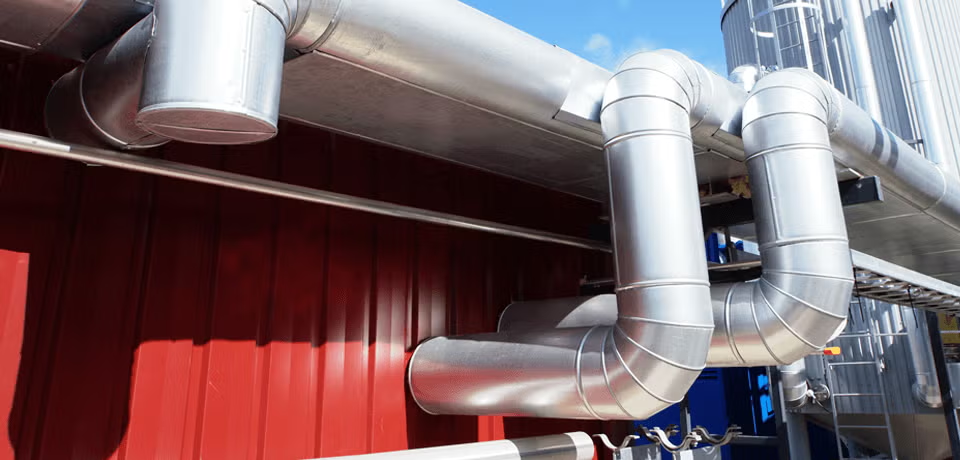The business of chemistry is a capital-intensive industry due to its large plant capacities (often needed to obtain economies of scale), the intricate nature of the equipment and processes used, the high degree of process automation, technology requirements and transportation and infrastructure costs.
Capital expenditures (“CapEx”) are funds used to purchase and/or maintain physical assets, such as structures and equipment. To a large degree, structures in the chemical industry protect chemical processes from the elements and support process equipment. Investment in structures is mostly for industrial buildings and related structures (loading docks, terminals, etc.). The equipment category is composed primarily of traditional process equipment such as fabricated metal products (pressure vessels, storage tanks, heat exchangers, pipe, etc.); general industry machinery (pumps, compressors, etc.); electrical transmission, distribution, and industrial apparatus; and other special industry machinery. A significant share of equipment spending in the business of chemistry is for instrumentation, computers and related automation and digital technologies.
